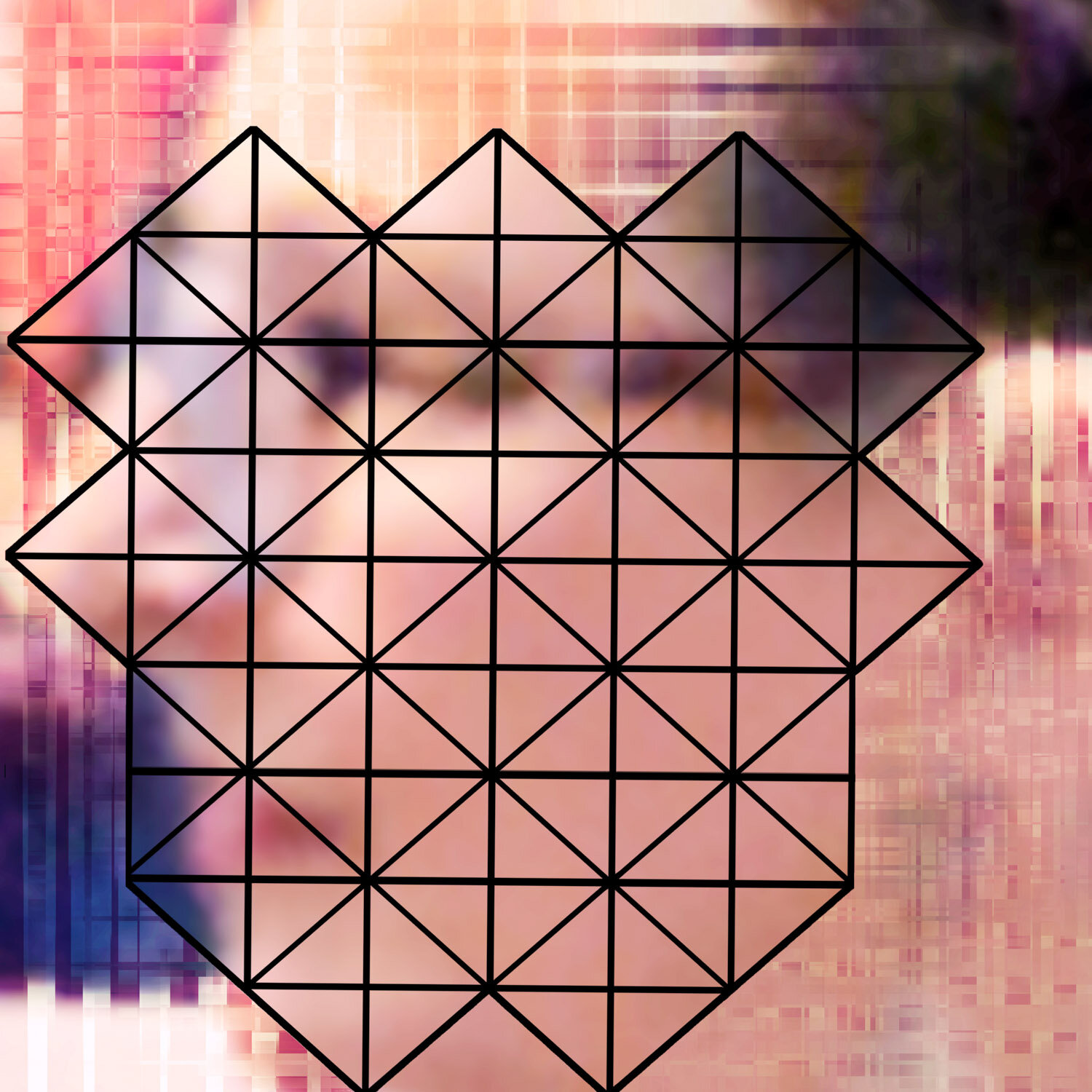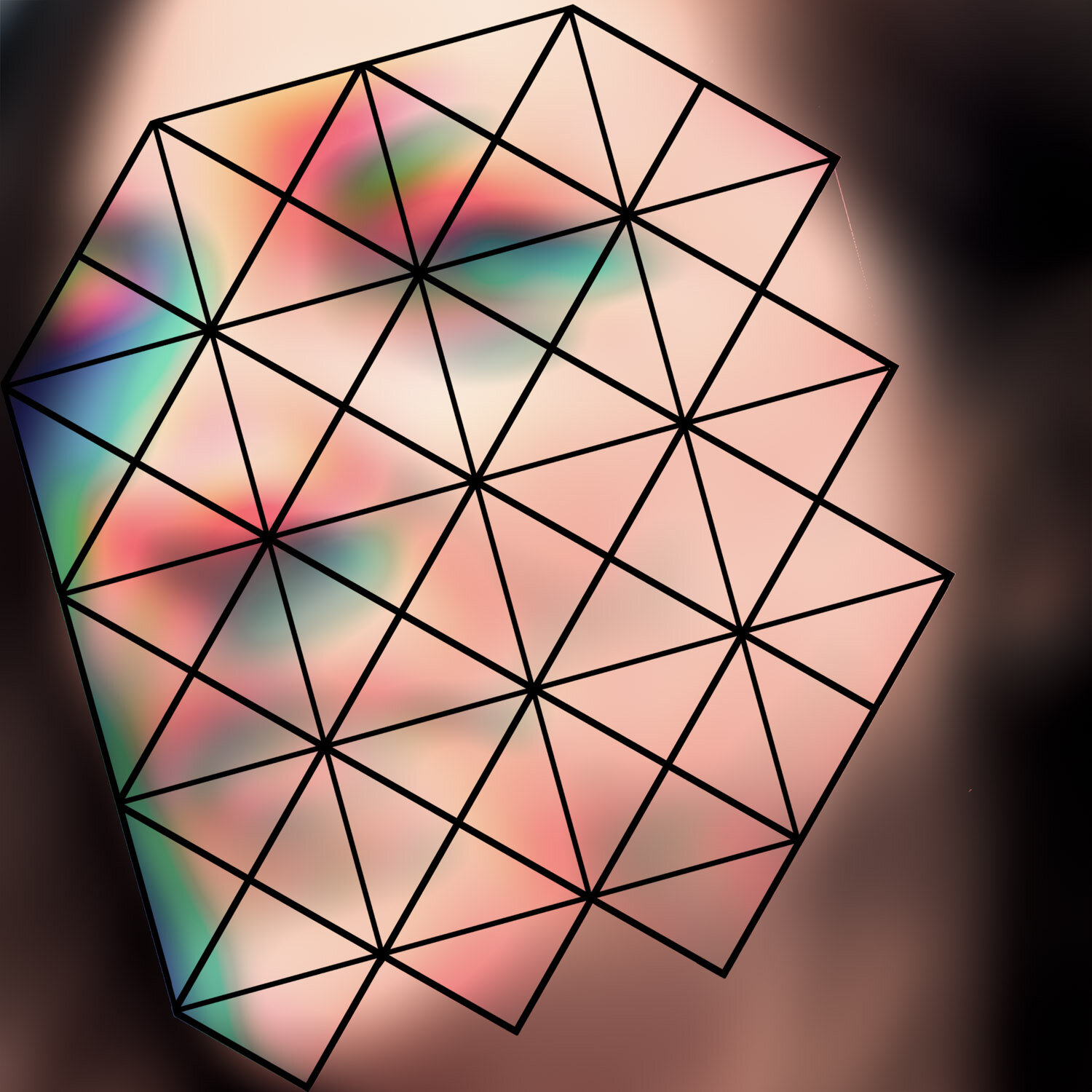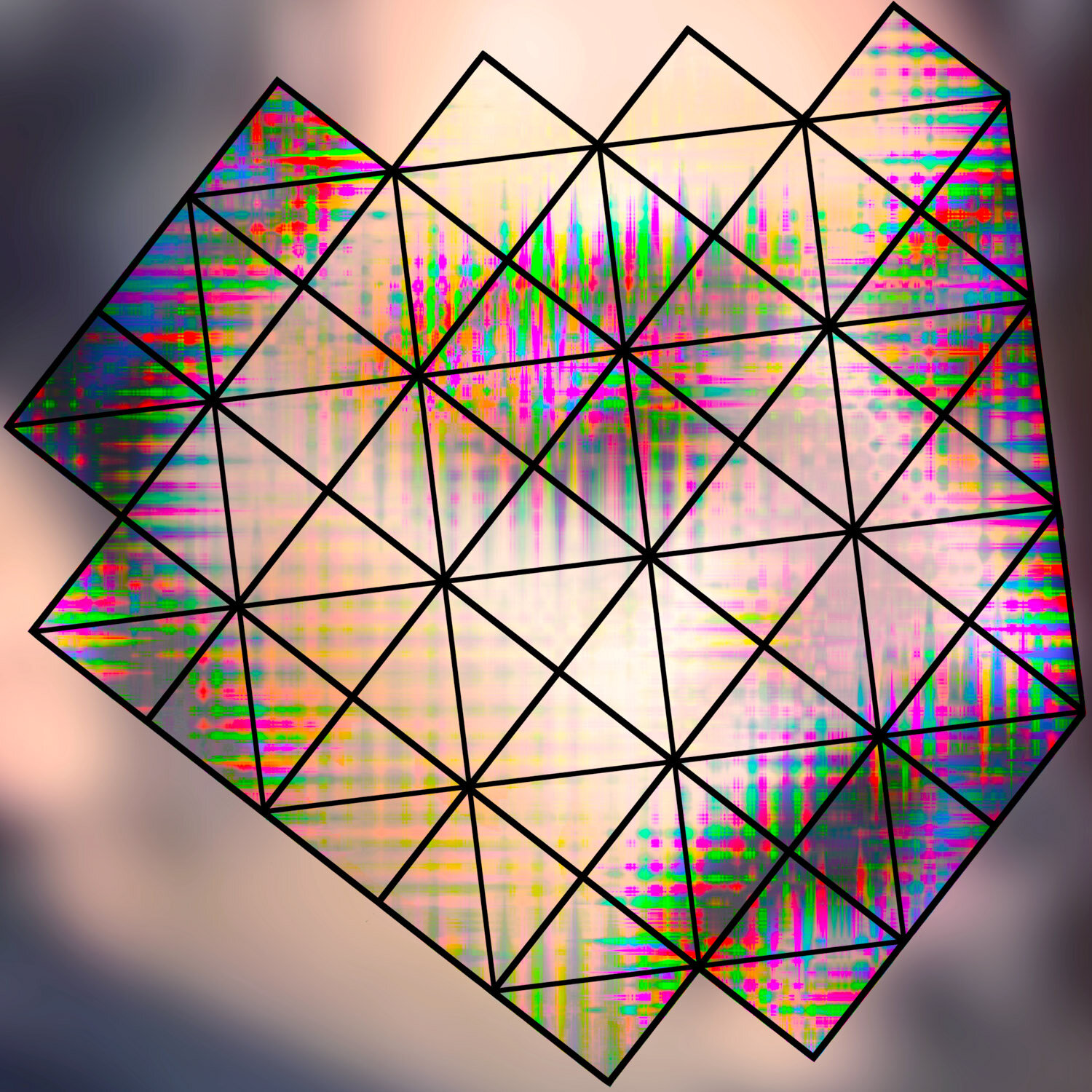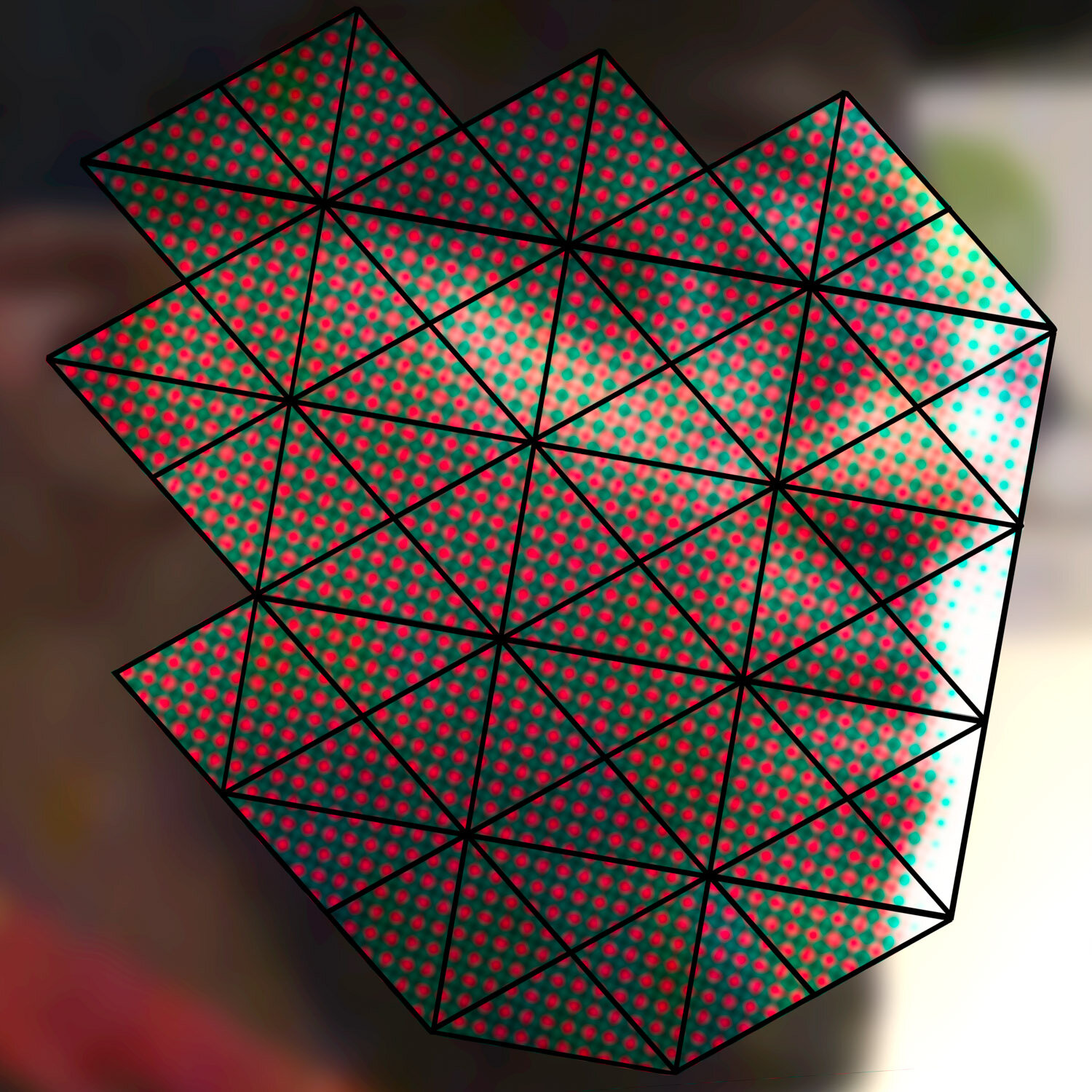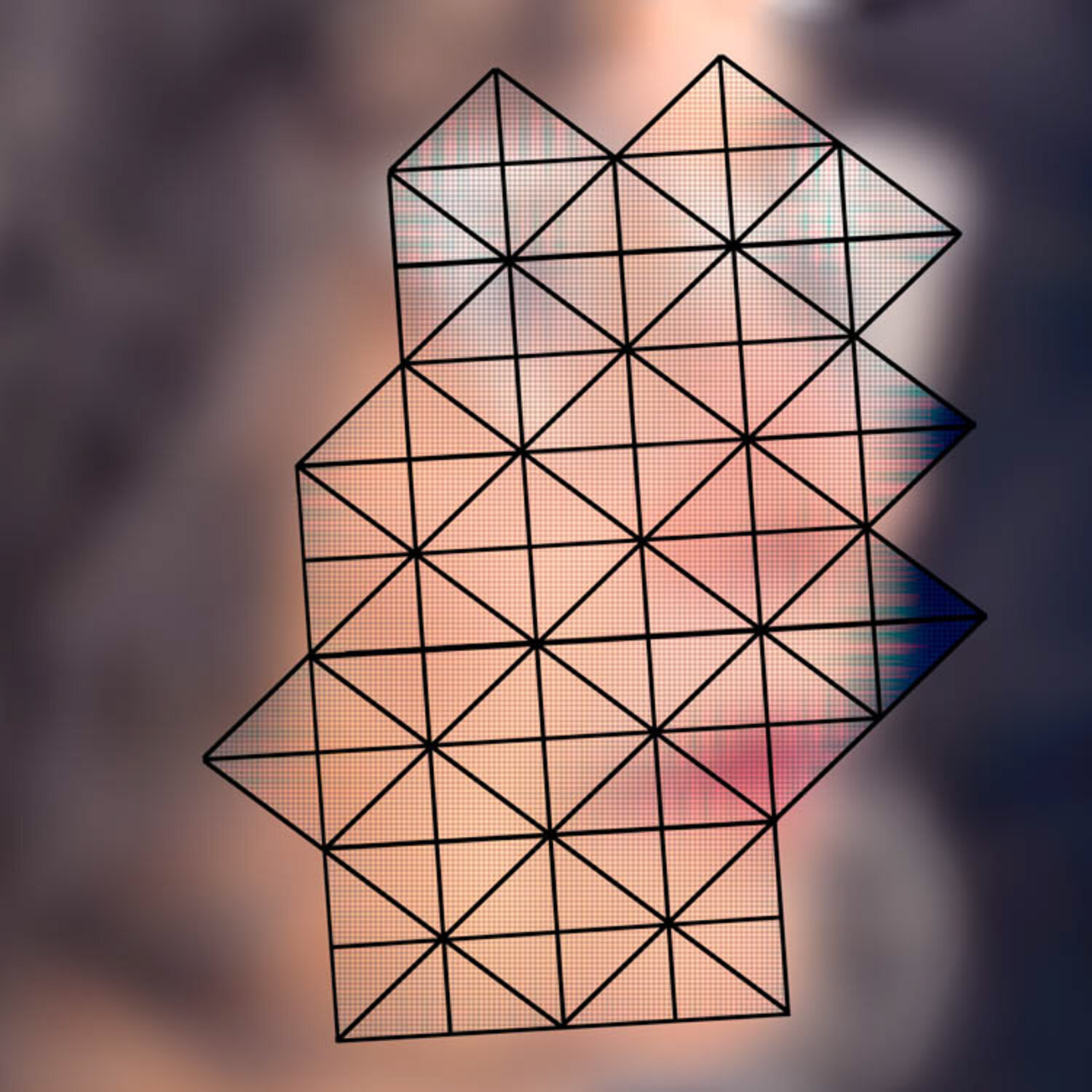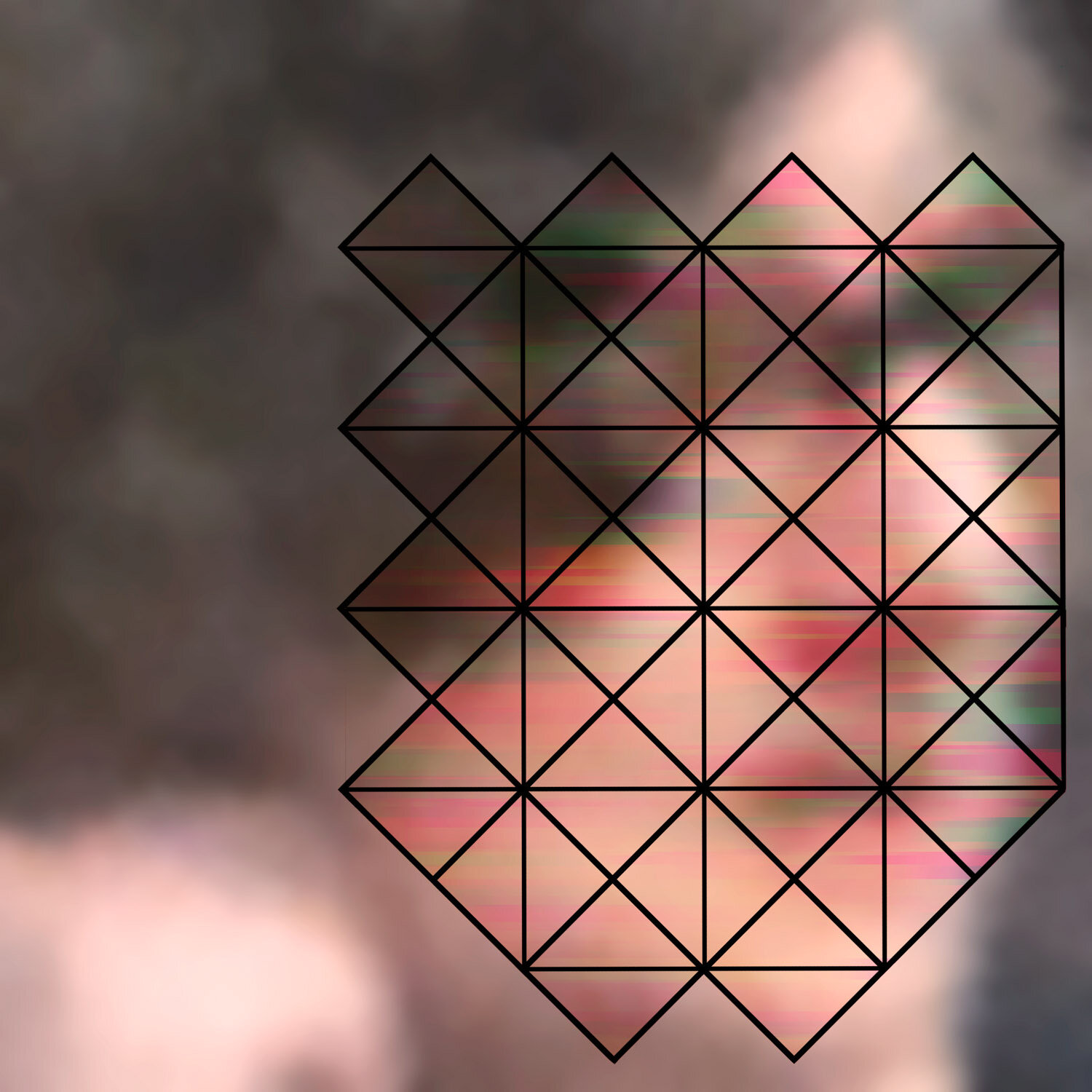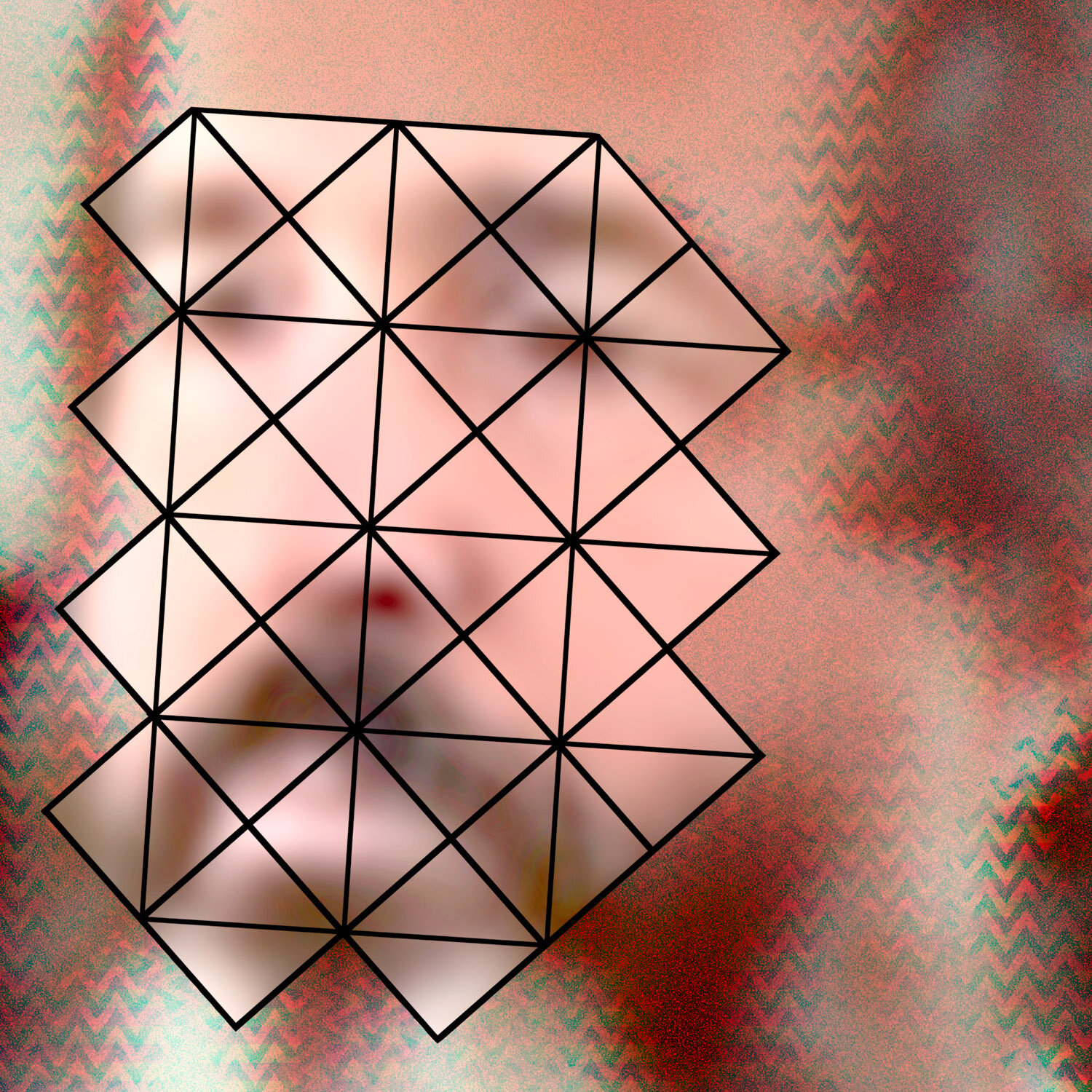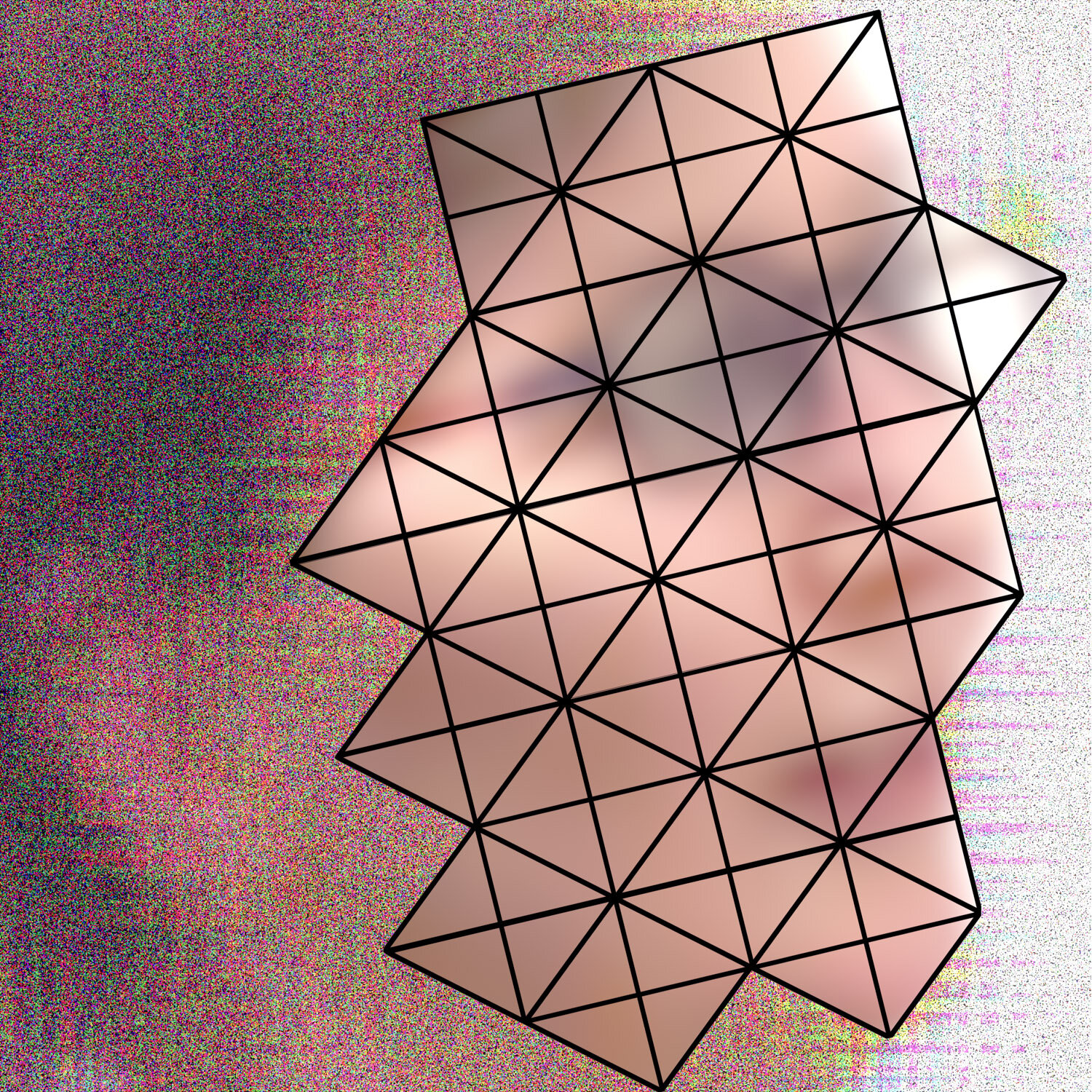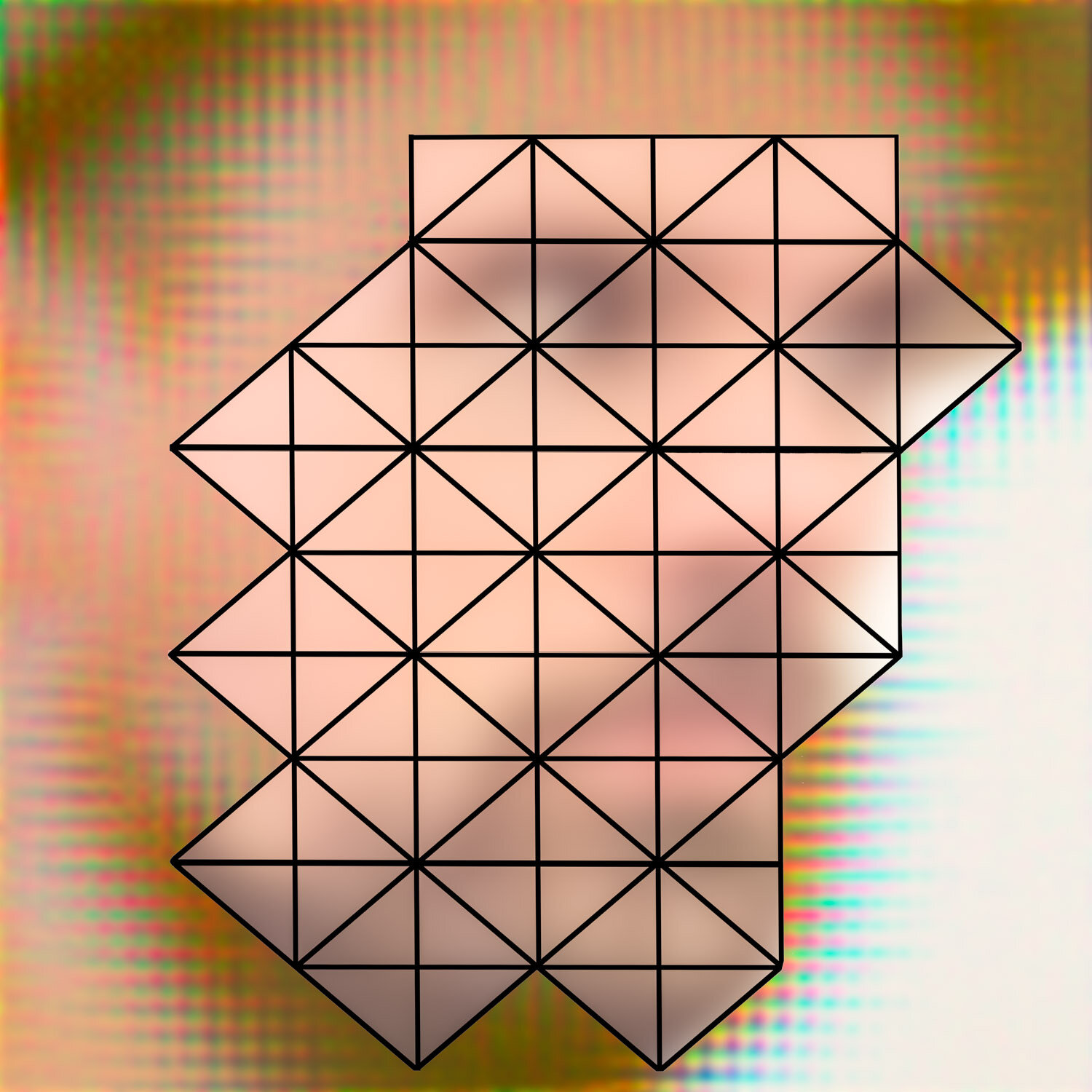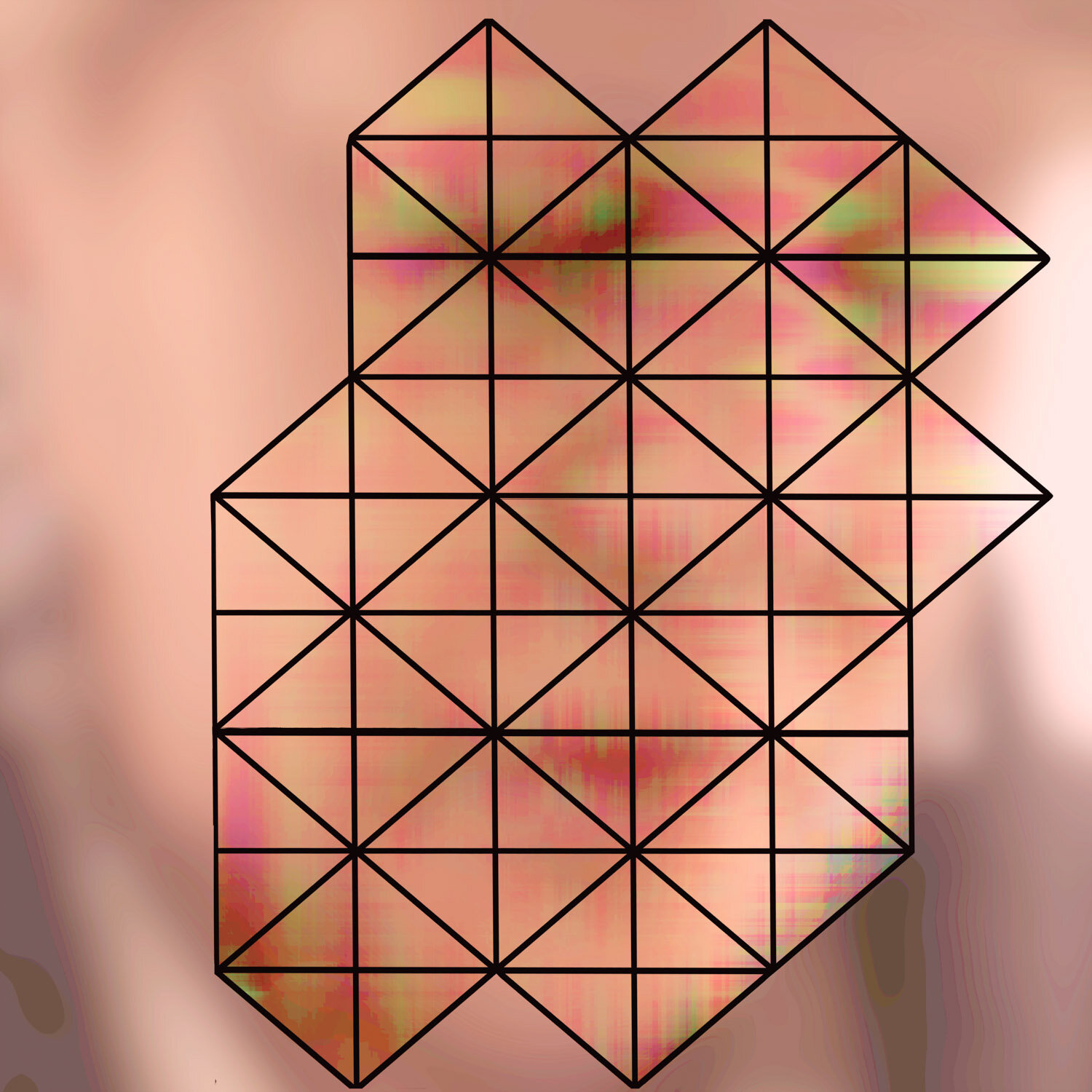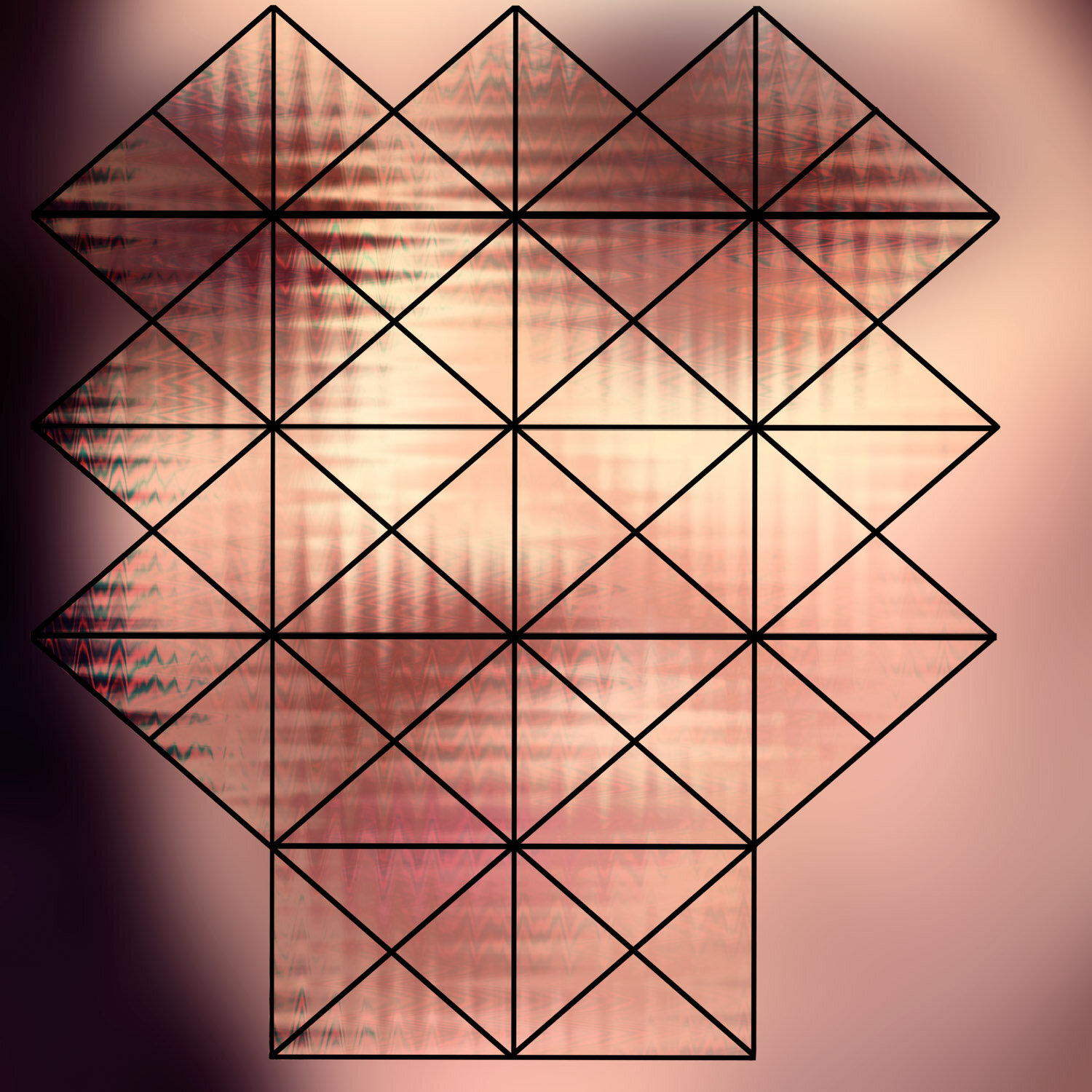Using a camera or my smartphone to record the events I attend, I capture images of the people around me. Photography these days is so ubiquitous, who even notices? Software then extracts the faces for me, and connects them to a location, date and time, which is used as a title.
I manipulate the images, crop and enlarge the faces, and create a layer of digital glitches and errors to exaggerate the degradation of image I often see in surveillance photos on the news. I also add a custom facial recognition grid. All of this plays with perception and identification. Under the digital noise there is still a person, but reality has been altered on a screen. Size also matters, and these faces are more recognizable when small, so I enlarge the final images for print. (If you can't see the face in the photograph, try looking at it on your cellphone) Sometimes my subjects don’t even recognize themselves.
My work shifts back and forth between highly manipulated, computer-enhanced imagery and recognizable documentary-style photographs. I know how easily technology can be used to transcend truth, distort reality and produce unintended consequences. Facial recognition seems inescapable, but it is not always accurate, especially with women and people of color. The misuse of these tools is all too possible.
